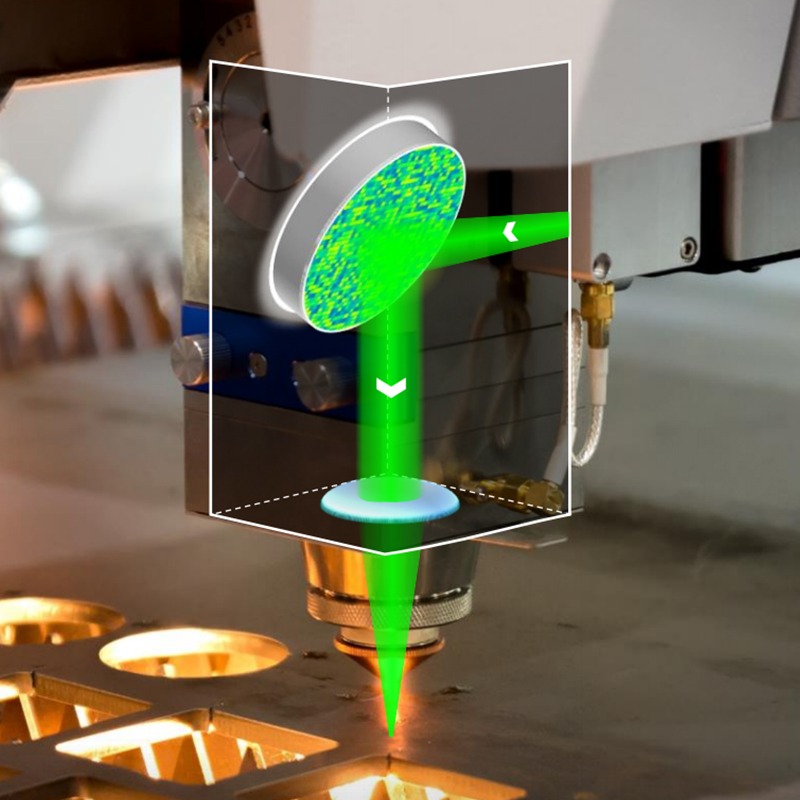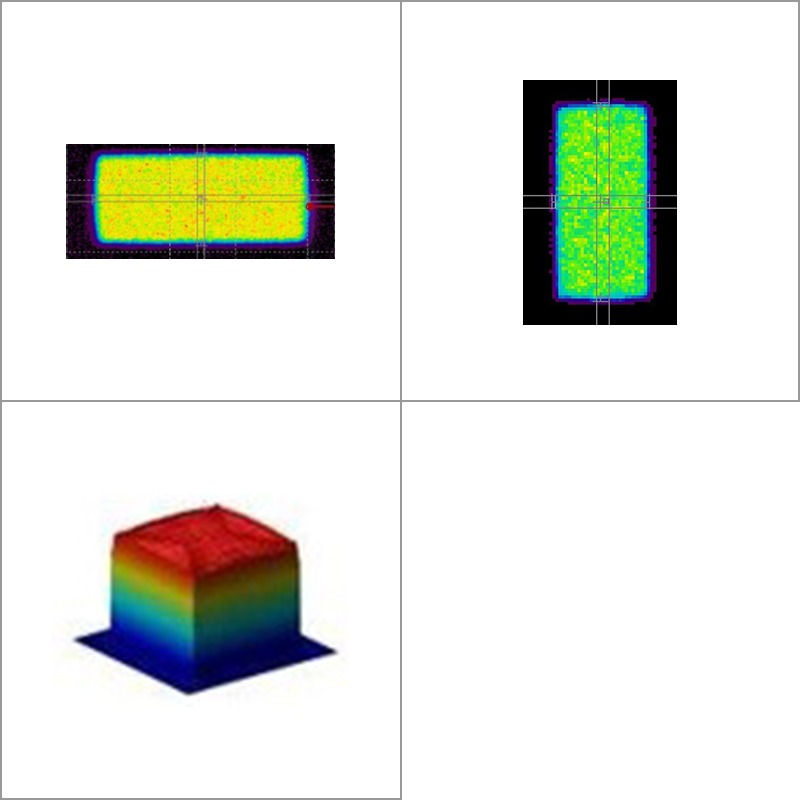Introduction: In the field of industrial manufacturing, laser welding technology has become a core process in high-end manufacturing such as new energy vehicles, 3C electronics, and aerospace due to its efficiency and precision. However, the limitations of traditional Gaussian beams (such as a large heat-affected zone and insufficient weld depth-to-width ratio) make it difficult to achieve satisfactory welding results in many complex scenarios.
The birth of spot shaping technology is bringing disruptive solutions to the industry with its innovative approach of “reshaping laser energy distribution.” Today, let’s explore how this technology transforms laser welding from the ordinary to the extraordinary.

DOE Optics for DYNALAS
1. Spot Shaping Technology: The “Deformation Magic” of Lasers
The core of laser welding lies in the spot—an energy “brush” where the beam contacts the material. Traditional Gaussian spots (high energy at the center and low energy at the edges) are simple and easy to control, but they struggle to meet the diverse needs of industry. Spot shaping technology dynamically adjusts the phase and amplitude of the laser beam through optical modulation elements (such as diffractive optical elements (DOE), galvanometer scanning systems, etc.), allowing for flexible design of spot shape and energy distribution:
- Annular Spot: Low energy at the center and high energy at the periphery, reducing spatter and porosity;
- Multi-Focus Spot: Multiple energy peaks acting simultaneously, enhancing welding efficiency;
- Customized Spot: Matching energy gradients according to material characteristics for precise temperature control.
Case Study: In the welding of a battery module for a new energy vehicle, the annular spot technology successfully reduced the porosity rate of the weld seam by 70% and increased welding strength by 30%.

The DYNALAS spot shaping technology creates a spot with sharp edges after shaping.
2. Four Major Application Scenarios: From “Usable” to “Ultimate”
Spot shaping technology, with its flexibility and high adaptability, is shining in various fields:
① Dissimilar Metal Welding: Solving the “Material Incompatibility” Problem
When welding dissimilar metals such as aluminum-steel and copper-titanium, the differences in melting points and thermal conductivity often lead to insufficient bonding strength. By using spot shaping technology, different energy densities can be matched to the respective areas of the two materials, achieving “zoned temperature control” and significantly improving the uniformity of the weld seam.
② Welding of Ultra-thin Materials: “Micro-sculpture Art” with 0.1mm Precision
In the welding of ultra-thin components like mobile phone frames and flexible circuit boards, traditional spots can easily cause burn-through or deformation. By generating “flat-top spots” or “line-shaped spots,” the energy distribution becomes more uniform, achieving a welding depth consistency of ±5μm, truly realizing “seamless welding.”
③ Processing of Highly Reflective Materials: Saying Goodbye to the “Laser Can’t Penetrate” Dilemma
Highly reflective materials like copper and gold have low laser absorption rates, resulting in inefficient traditional welding. Spot shaping technology can dynamically adjust the energy distribution of the spot to suppress the plasma shielding effect, increasing the laser energy utilization rate by more than 2 times.
④ Welding of Thick Components: A “Penetration Revolution” in Deep Fusion Welding
In fields such as shipbuilding and nuclear power, for welding plates thicker than 10mm, multi-focus spots can create an “energy relay,” melting through the material layer by layer, improving the depth-to-width ratio by 50% while reducing thermal deformation.
3. The core advantages of spot shaping: making welding smarter and more reliable
Compared to traditional laser welding, the breakthrough advantages of spot shaping technology are reflected in:
- Quality upgrade: Improved weld strength, reduced porosity/crack rates, meeting stringent standards in automotive, aerospace, and other industries;
- Efficiency leap: Single-pass welding replaces multi-pass welding, increasing processing speed by 20%-50%;
- Cost optimization: Reduced subsequent grinding and repair processes, with overall costs lowered by more than 15%;
- Process inclusivity: The same equipment can adapt to different materials and workpieces of varying thicknesses, allowing for quick switching of production tasks.
Conclusion: Spot shaping technology is not only a “precision revolution” in laser welding but also a key driver for the upgrade of industrial manufacturing towards intelligence and flexibility. Whether it is the pursuit of “zero defects” in automotive batteries or the welding of aerospace components with significant thickness differences, this technology is redefining the boundaries of welding.
If you would like to learn more about spot shaping solutions or need a customized laser welding process, please feel free to contact us, and let our professional team empower your products!
 DYNALAS
DYNALAS